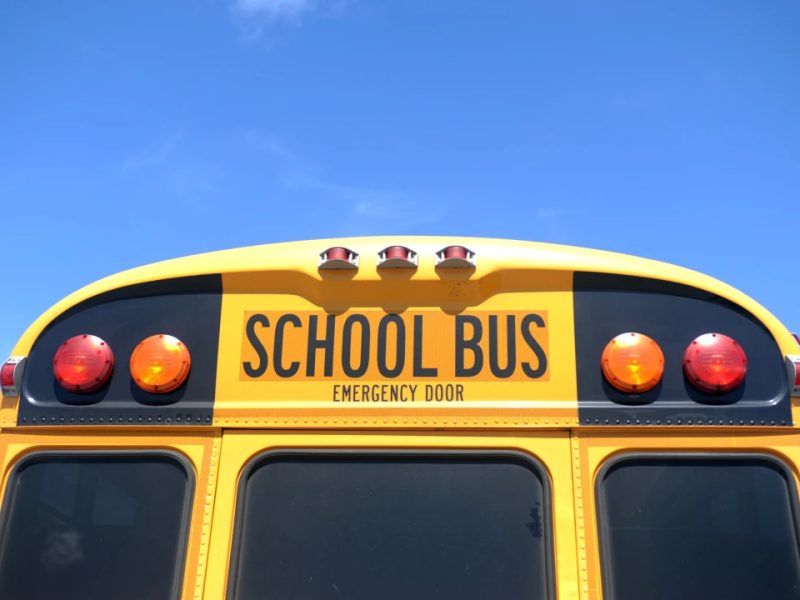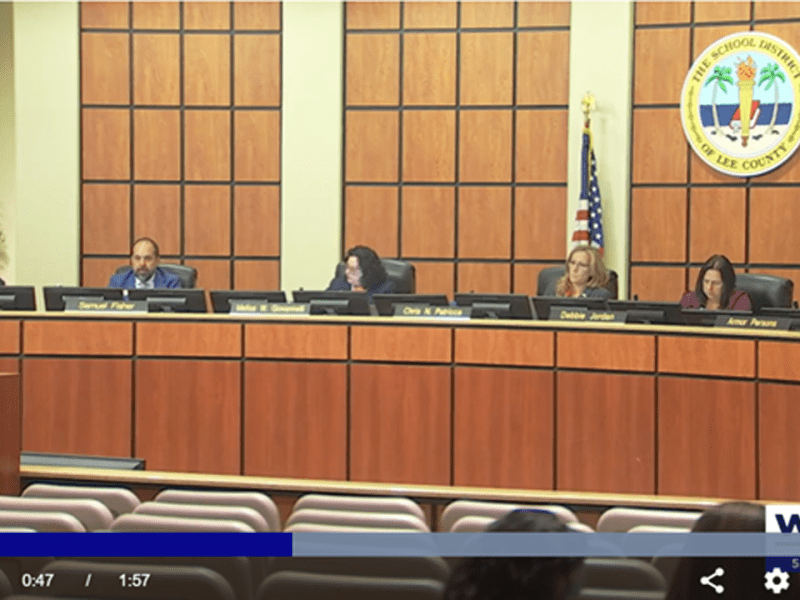National teaching shortage? No problem. Santa Rosa schools teaching students how to teach
Pensacola News Journal | By Colin Warren-Hicks | September 15, 2022
English teacher Tracy Fischetti looked out at her class of junior and senior students at Navarre High School and told three of them to go sit in the corner and act like kindergarteners.
“Kyle, Hannah, Zoey,” she said, pointing to corner of the classroom.
Kyle Boddie and the other two 17-year-olds — Hannah Chuba and Zoey Churchey — dutifully walked to the corner, each sitting down into legless, little green rocking chairs.
“I chose rocking chairs for a reason,” Fischetti later told her students. “It’s to show you, do you think kindergarteners with ADHD would sit still?”
“No,” Boddie said as he started to rock back and forth in his seat pretending to be a 5-year-old with attention-deficit/hyperactivity disorder.

The three high schoolers were part of the Santa Rosa County School District‘s STAR (Scholar Tutors Accelerate Reading) Project, part of a massive expansion of the district’s Teacher Academy offerings.
The Teacher Academy is a program in which high school students can elect to take courses to learn the basics of being a professional teacher.
Last year, the only full-fledged Teacher Academy in the district was located at Navarre High. But starting this year, the district has installed three new Teacher Academies located at Milton, Pace and Central high schools.
The expansion is one of the big ways that the Santa Rosa County School District plans to combat the national teacher shortage.

The thinking goes: if there aren’t enough available teachers, then we’ll just train some ourselves.
“Not only are we preparing future teachers and addressing our internal teacher shortage, but we are also improving literacy in the district,” said Charlin Knight, the district’s director of Workforce Education. “We recognize that there is a national problem, but here at home in Santa Rosa County, we have to get to work figuring out what we’re going to do to solve our own local problem. This has been a great plan.”
Junior and senior students enrolled in one of the four Teaching Academies, many of whom have an interest in one day becoming teachers, take the course five days a week for a year.
The course teaches them the different components of literacy and prepares them to teach children how to read, according to Whitney Bennett, a teacher on special assignment for the district’s Literacy Department and who oversees many operational facets of the STAR Program.

Three out of five of the high schoolers’ weekly classes are spent at their respective high schools being instructed by high school teachers like Fischetti.
But the other two days, the high schoolers venture into elementary schools to practice teaching the kindergarteners, as well as students in first, second and third grades.
“So, it’s a tutoring experience. It is not instruction. It’s not the instruction that (elementary schoolers) would be receiving from their teacher. It’s an additional tutoring piece,” Knight said. “I want to make sure that people don’t think we are using high school students to teach our elementary classes.
“It’s just an opportunity for use to have an added literary emphasis with students in K-3 who might be struggling with reading,” she continued. “But it is also giving those high school students the opportunity to put those skills into practice.”
The expansion of the district’s Teacher Academies was paid for through a $548,148 grant called “Reading Tutoring for K-3 Students,” according to Charlotte Boling, the district’s coordinator of literacy.
Not only did the money allow for the three additional high school Teaching Academies but it also afforded the district the opportunity to expand or add Teaching Academy offerings at Avalon, Simms and Hobbs middle schools.
The middle schoolers who participant in such classes “will have had a little bit of a pre-teaching experience and then they can say, ‘Yes, I think that I might want to be a teacher,’ and then, they can focus electives for ninth, 10th, 11th and 12th grade toward a career pathway in the Teacher Academies,” Knight explained.
At the high school, the academies have been a hit — none more so than at Milton High School.
There were so many Milton High students interested in enrolling in its Teaching Academy that the school is now offering four separate Teaching Academy classes, and with approximately 24 students enrolled in each class, that equals about 96 potential future teachers.
“To put it in perspective, when we open a career academy, it often opens with one period a day,” Knight said.






